Città di Castello is a city located in north Umbria, in the province of Perugia. The town’s location in the valley of the Tiber River, and surrounded by the Apennines, is picturesque to say the least. When visiting Città di Castello one can’t help but imagine how the town of all-brick buildings would have looked at the time of the town’s founding, which is thought to date back to the Iron Age and the Etruscans.
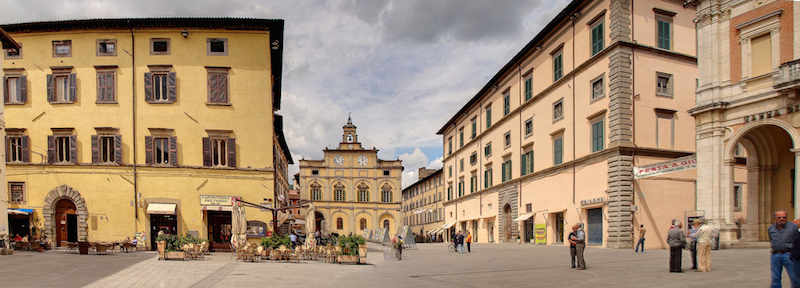
Sightseeing in Città di Castello
Torre Comunale
The Torre Comunale is the Municipal tower of the town, which was built in the 13th century. Over the years it has become an important symbol of Città di Castello and it was even used as a jail at one point in time. Visitors can climb to the top of the tower for beautiful views of the valley and the historic center of the town.

Palazzo Comunale
Palazzo Comunale is one of the best known municipal buildings in the region and is definitely worth a visit. The palazzo was built in the 14th century with some additions made to the building in later years. The grand staircase of the palazzo, which leads up to the Council Hall, was added in the 16th century. Visitors will find that this part of the building has some interesting ruins that have been preserved and are known to date back to Roman times.
The Municipal Gallery
The Municipal Gallery or the Pinacoteca Comunale is an art museum that boasts a large collection of Renaissance art. The building itself is beautiful and the decorations on the façade were created by Giorgio Vasari. Inside the building works by noted artists like Giovanni Della Robbia, Ghiberti, Ghirlandaio and Raffaello can be found.
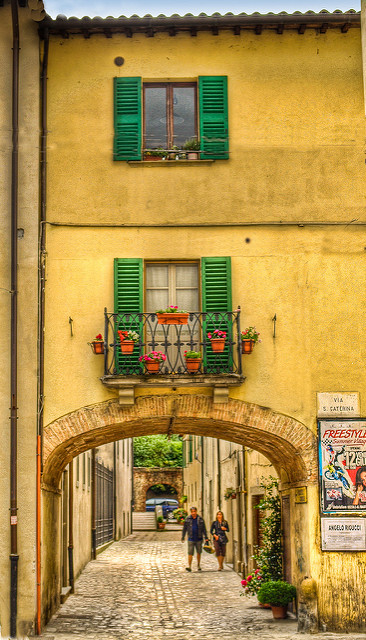
The Duomo
The Duomo of Città di Castello is the most important religious building in the town. The present day façade dates back to the 18th century, but the altar front, done in chased silver, dates back to the 12th century. Inside the cathedral is a museum that is famous for its Caoscios and its beautiful collection of plates and antique silver cutlery engraved with Christian motifs.
Palazzo Albizzini
The Palazzo Albizzini is a beautiful palace that was built in the 15th century and is noted for its Renaissance architecture. The palace is now home to a museum that has a large collection of works by Alberto Burri, the noted Abstract Expressionist artist that lived in Città di Castello and died in 1995. The collection of Burri’s work is divided between the palazzo and another building in the city, the Ex Seccatoi del Tobacco, a former tobacco dryer that has displayed art and sculptures since 1990.
Getting to Città di Castello
Città di Castello is well connected to several main city centers in the region making travel to the town easy via a network of trains and buses. The city is on the train line that connects Sansepolcro to Terni. Visitors can reach Terni directly from Rome and then take a train to Città di Castello. Alternately, those wishing to visit the city can also travel by the state buses, which leave at regular intervals from most towns in the region and province. Those who are travelling by car can take the A1 highway and then the SS73 from Arezzo. Città di Castello is located 56 km from Perugia and 104 km from Cesena and the drive down from these cities does not take very long at all.
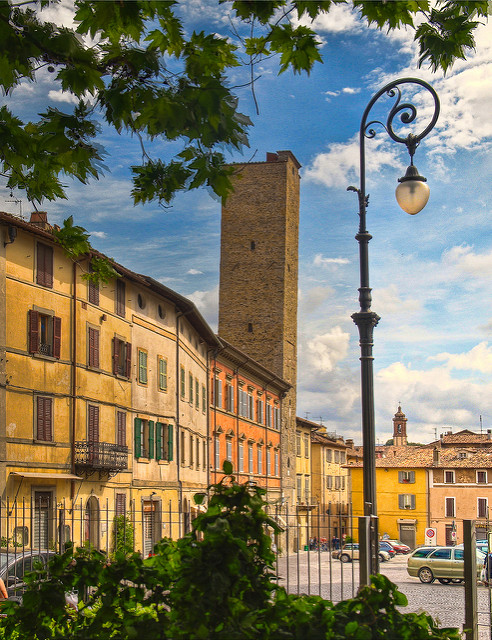
Moving Around the Town
Città di Castello is a fairly large town with an area of 387 sq km, but it isn’t very difficult for visitors to get around the city as there are quite a few transport options available. The historic center of the town can be covered on foot since it is not very large. If going farther out visitors can travel by the local public buses, which are used by the locals for commuting. Visitors can also drive around the town or rent mopeds, a smart option since traffic might be a problem in some parts of the city.
Stay and Accommodation
Due to the influx of visitors Città di Castello offers many choices for hotels and accomodations, including bed and breakfasts and apartments. The best accomodations tend to be found closest to the city center. Some of the higher rated hotels in the city include Hotel Tiferno, Hotel Garden, Hotel Le Mura, Hotel Villa San Donnino, and Hotel Europa. If a country house is more your speed you might want to try the Santa Felicita Paterna.
Eating Out
Città di Castello boasts many restaurants, trattorias, and pizzerias serving traditional Italian fare. For those interested in cuisine from other parts of the world there are also several restaurants that offer different options. Some places to try include the Trattoria Lea, La Collina, Ristorante Bisteccheria Il Fiorentino, Locanda dell’Ottocento, and Vineria del Vasaio. The city also has a wide variety of bakeries and cafes where one can buy fresh bread, cheese, and delicious coffee.
Shopping in Città di Castello
Visitors to the city can choose to shop at small, local stores or more upscale establishments, found on the Via Vittorio Emanuele. Città di Castello offers everything from clothing, handbags and fabrics to handmade products. There are also many shops that sell locally made food, cheese, good wine, and quality extra virgin olive oil.
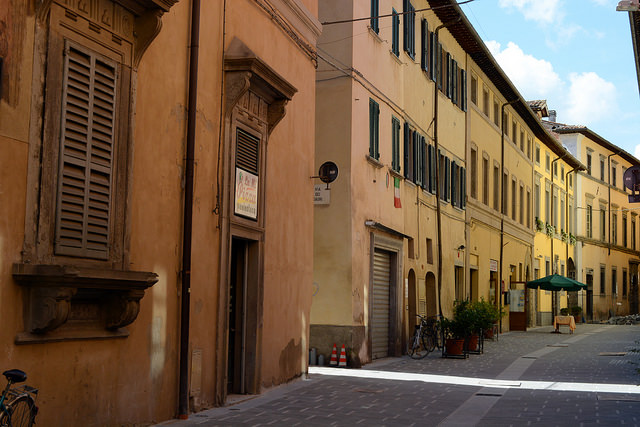





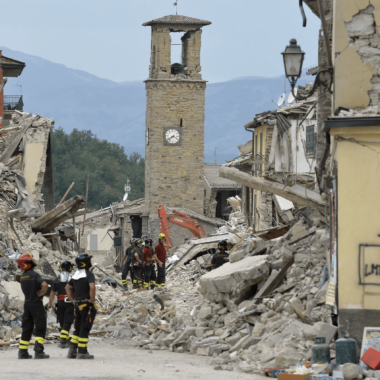
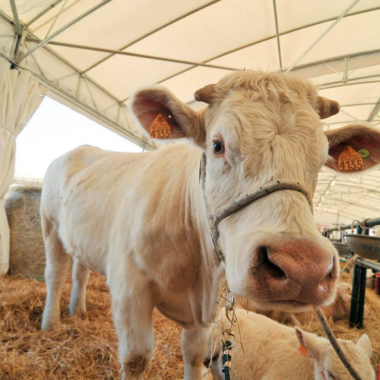
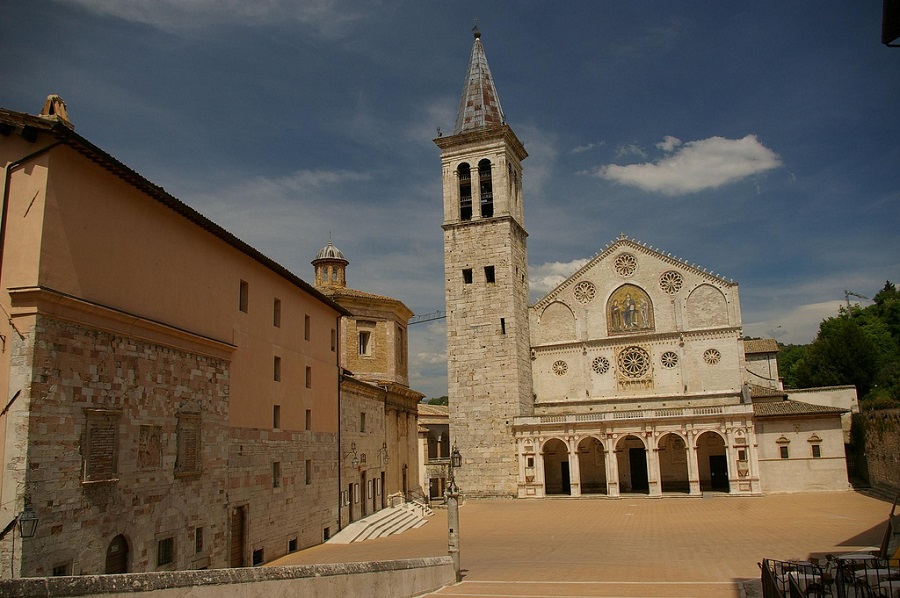
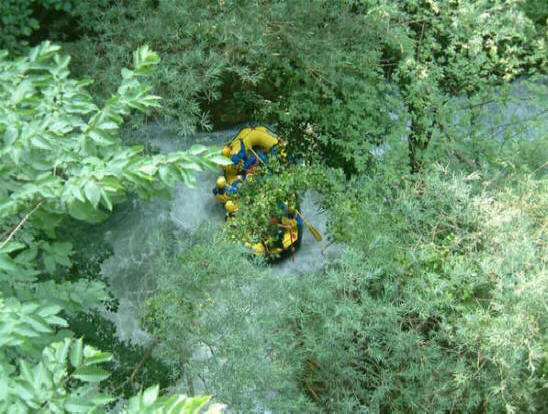
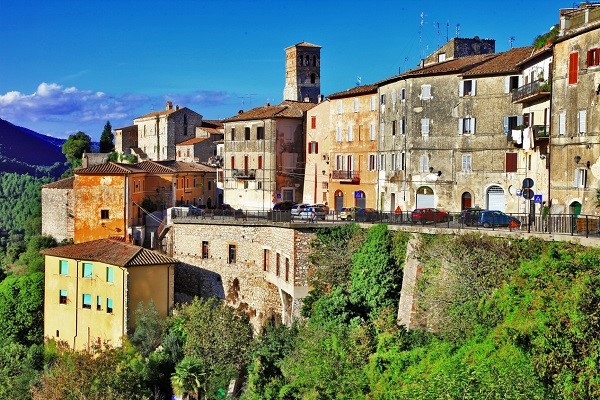
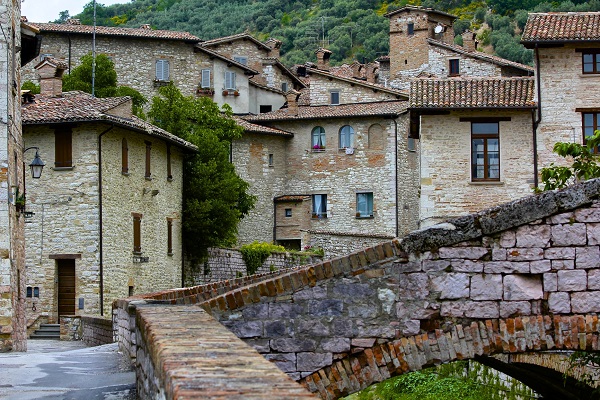
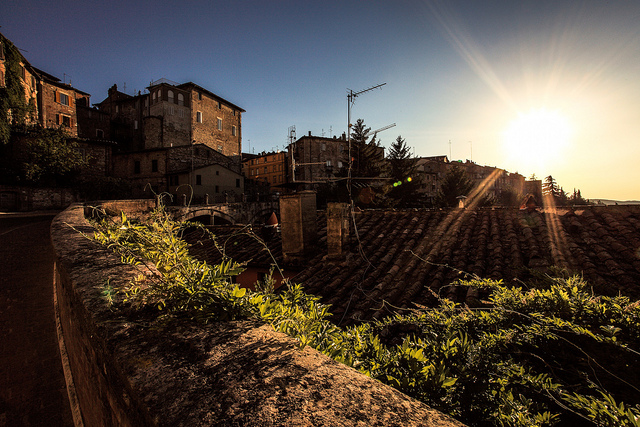
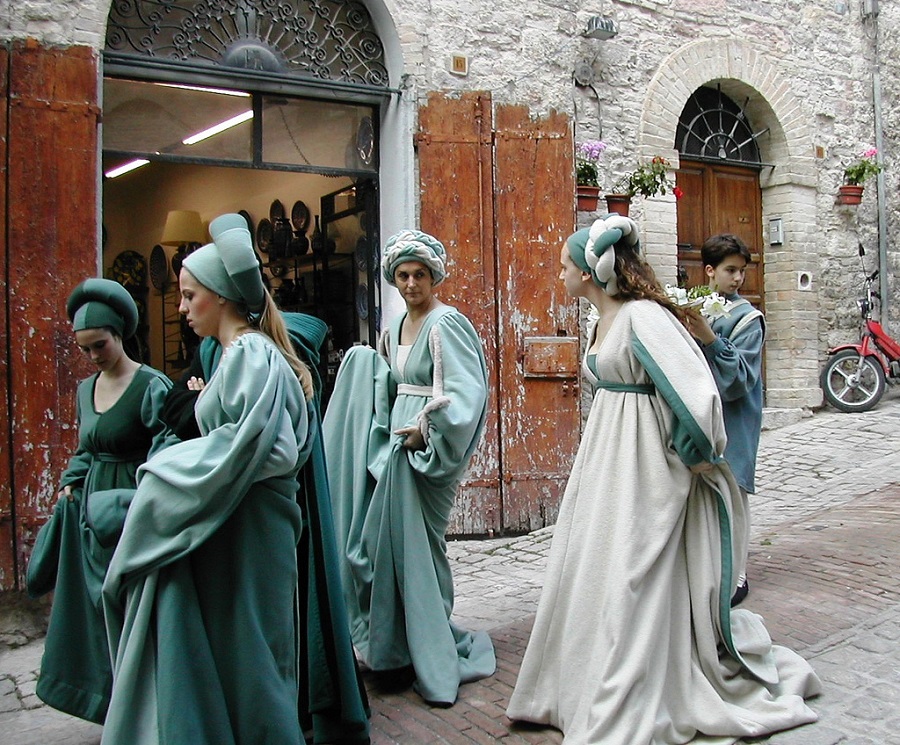
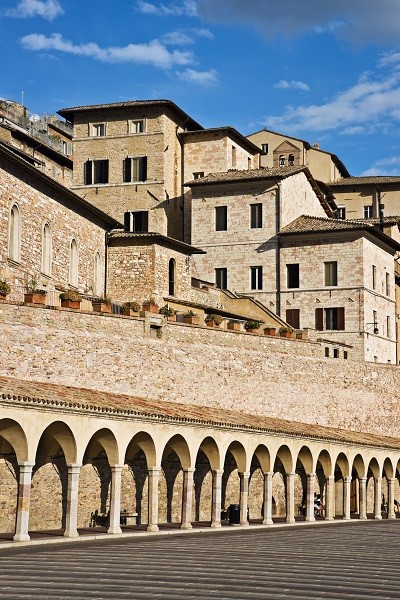
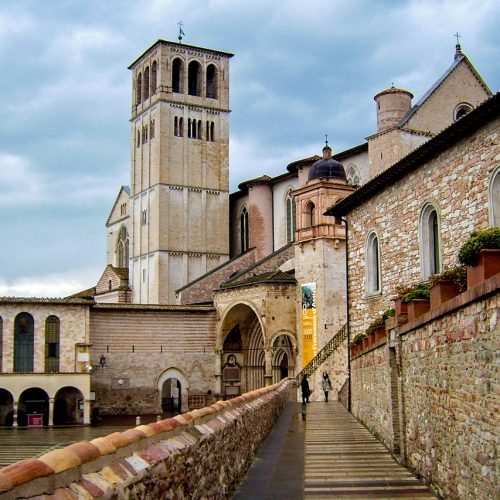
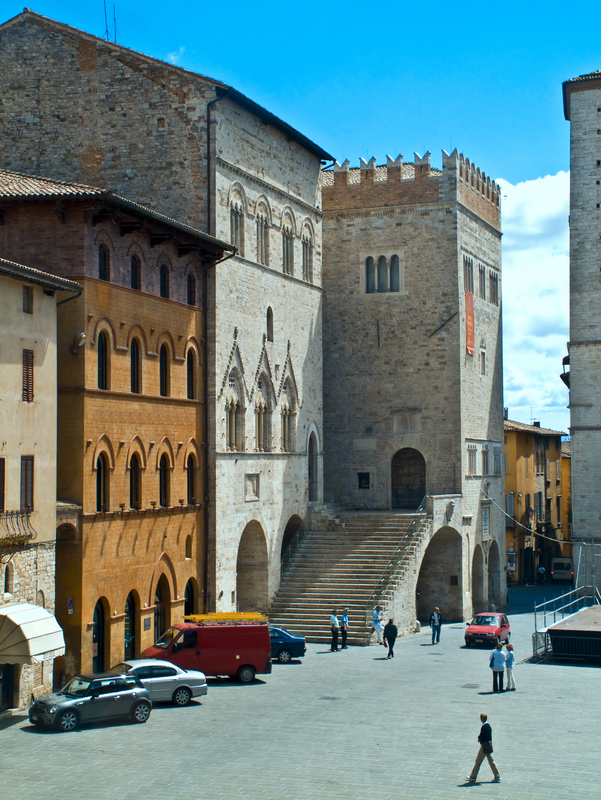
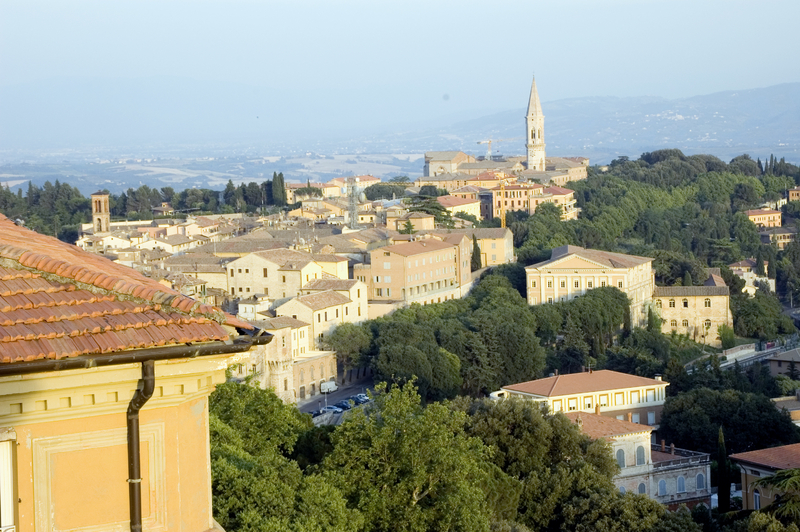

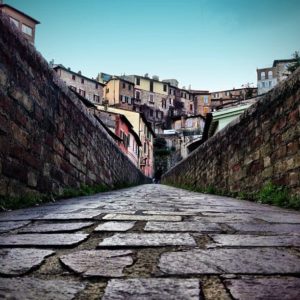
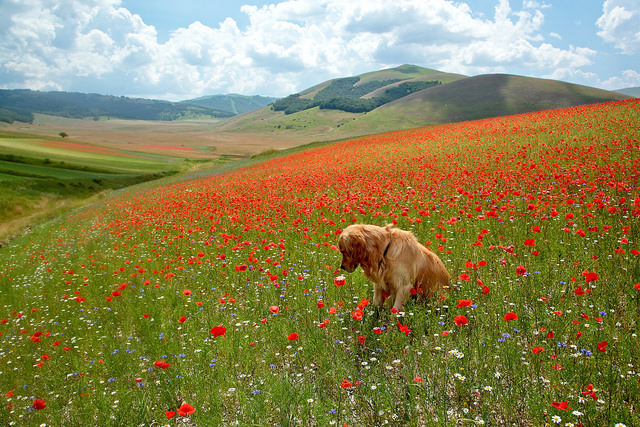
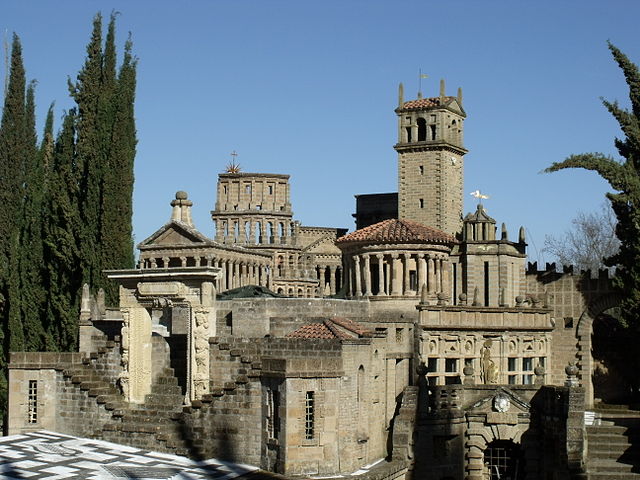
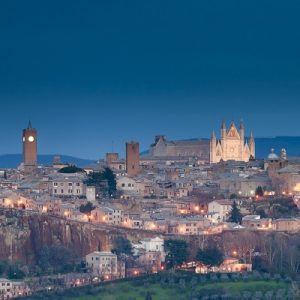
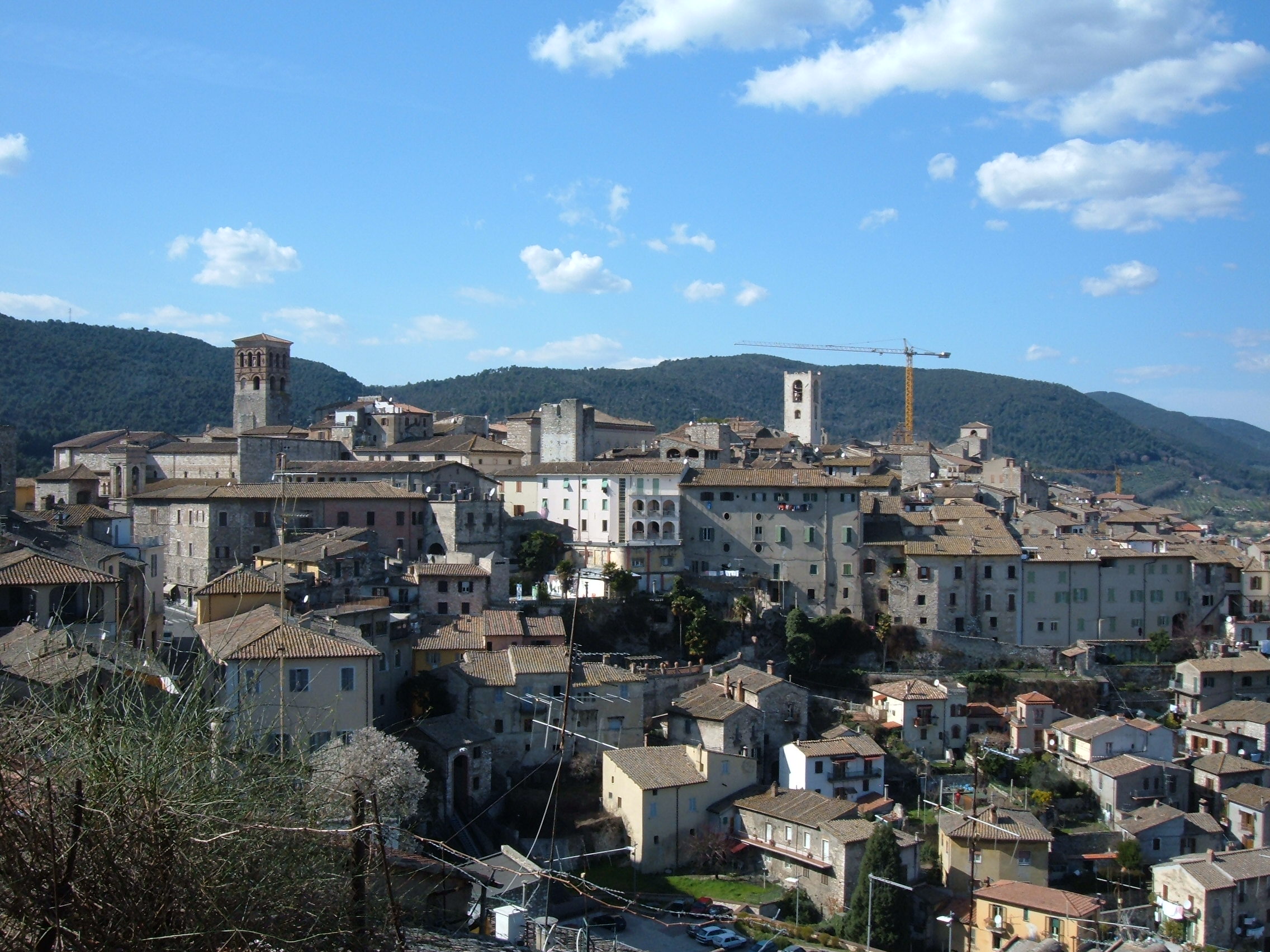
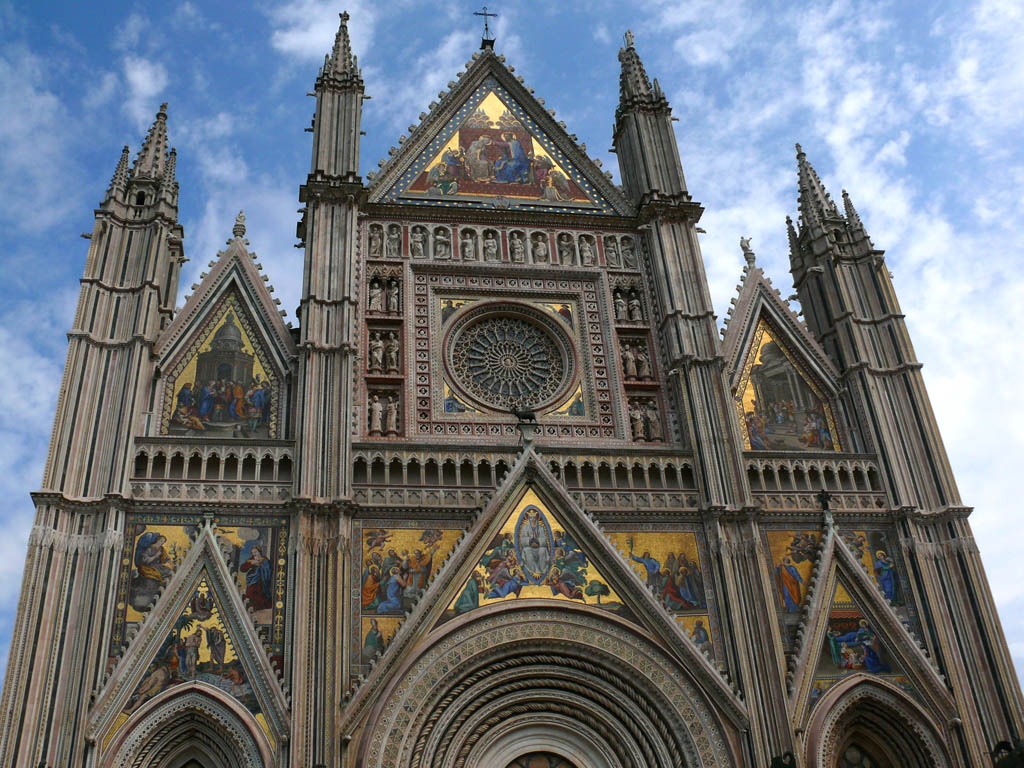
Hello Kary. I think so. They are even organising celebrations for 7 centuries since her death, due in 2020.
Thank you for your article. Can you verity something: In the Church of San Domenico, does the ‘incorrupt’ body of Blessed Margaret of Castello’ still lie in a glass coffin? I thought this was where her body was displayed but upon doing some reading of the town, none of the travel sites or articles mentions this. I’m planning on stopping through in September for the purpose of visiting this church and her shrine, but beginning to wonder if her body resides somewhere else?